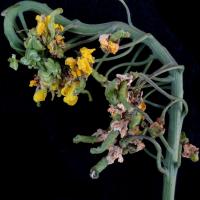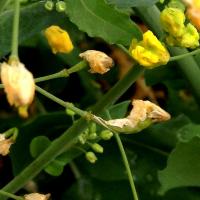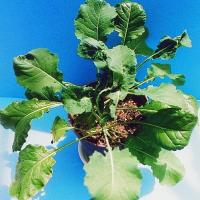| Fops chemical name | Example trade name |
|---|---|
| Clodinafop-propargyl | Topik® |
| Diclofop-methyl | Hoegrass® |
| Fenoxaprop-p-ethyl | Wildcat® |
| Diclofop-methyl fenoxaprop-p-ethyl | Tristar® |
| Fluazifop | Fusilade® |
| Haloxyfop | Verdict® |
| Quizalfop | Targa® |
| Propaquizafop | Correct® |
| Dims chemical name | Example trade name |
|---|---|
| Tralkoxydim | Achieve® |
| Clethodim | Select® |
| Tepraloxydim | Aramo® |





